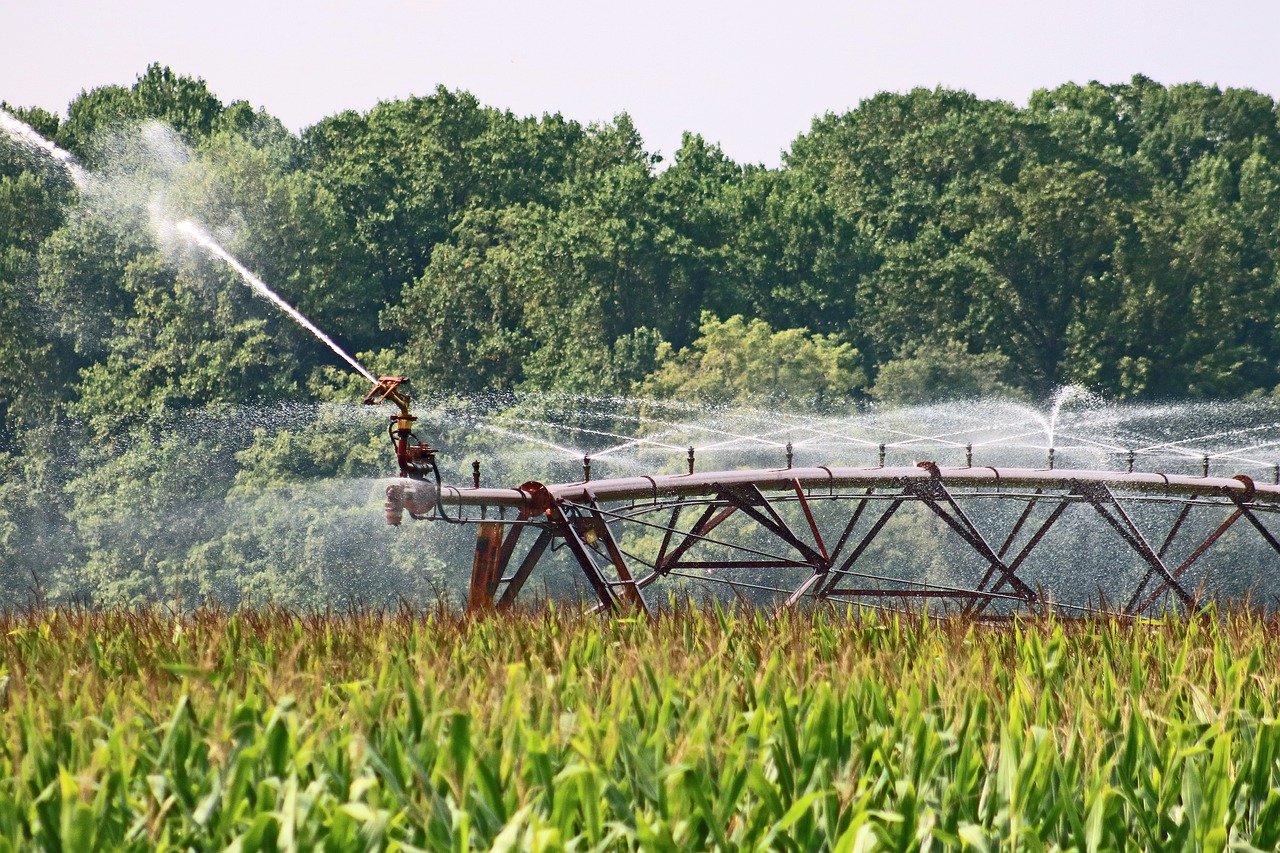
News
Business
Irrigating
$4-billion irrigation project in Saskatchewan could boost vegetable production
The $4-billion project taking place over the next 10 years will double the amount of irrigable land in Saskatchewan.
July 2, 2020 By Stephanie Gordon

Premier Scott Moe announced a $4-billion irrigation project that will irrigate 500,000 acres of land from Lake Diefenbaker and double the irrigable land in Saskatchewan.
The project is beginning with an immediate $22.5 million investment in preliminary engineering and initial construction.
Project construction is expected to occur approximately over the next 10 years in three main phases at a cost estimated at $4 billion.
“The announcement of this generational project will see the vision of Lake Diefenbaker completed over the course of the next decade,” Moe said.
Expanding irrigation in the province could allow more high-value crops, like vegetables, to be grown. Vegetables could range from potatoes, corn, carrots, beets, lettuce, cabbage, cucumbers, among others.
For example, in 2019 according to Statistics Canada, Saskatchewan seeded 6,300 acres of potatoes. Alberta, where irrigated potato fields are common in the southern part of the province, seeded 61,235 acres of potatoes in 2019—almost 10 times the amount of acres seeded in Saskatchewan. Water is critical to potato production, and expanding irrigation capacity in Saskatchewan will broaden the crop options for producers.
“I look forward to working with producers, industry and government partners to expand irrigation capacity in Saskatchewan,” Agriculture Minister David Marit said. “From diversifying crop production and attracting more value-added processing, to benefitting local economies and adding to our long-term food security, increased irrigation opportunities support a profitable and sustainable economy.”
Economic development in the region
The Saskatchewan government refers to these irrigation projects as the “building blocks for regional economic development in Saskatchewan.” Initial estimates show the investment will result in a $40 to $80 billion increase in the provincial gross domestic product over the next 50 years. The project is estimated to create 2,500 construction jobs a year, over the next ten years.
“By doubling the amount of irrigable land in our province, this project will be a massive step in completing the goals our government has set out in our 2030 Growth Plan,” Moe said.
Project phases
Phase 1 of the project is estimated to cost $500 million and will include the rehabilitation and expansion of the existing Westside irrigation canal system. This work will increase the amount of irrigable land by 80,000 acres in the area. It is considered one of the “most shovel ready” irrigation projects in the province with 90 per cent of the current canal already in place.
Phases 2 and 3 of the project are estimated to cost up to $3.5 billion.
Phase 2 will see the further expansion and buildout of the Westside Irrigation Project, adding an additional 260,000 acres of irrigable land. Once fully built and developed, the project will eventually see land made available for irrigation near Macrorie, Milden, Zealandia, and as far north as Delisle and Asquith.
Phase 3 will see the buildout of the Qu’Appelle South Irrigation Project, adding an estimated 120,000 acres of irrigable land. Starting at Lake Diefenbaker and going south, the project would run near the communities of Tugaske, Eyebrow, down to Marquis and into Buffalo Pound Lake. It would provide the Moose Jaw-Regina corridor and southern Saskatchewan with a secure source of water for the next century and act as a catalyst for significant industrial expansion in the years to come.
This year, $22.5 million is being invested as part of Phase 1 to immediately begin preliminary engineering and initial construction of the Westside Irrigation Project. Preliminary soil quality analysis of the Qu’Appelle South Irrigation Project area will also begin this year.
“Irrigation is an important part of the Saskatchewan agriculture industry and the economy,” Legislative Secretary to the Minister Responsible for Water Security Agency Lyle Stewart said. “It supports the growth of diverse, high-value crops, which increases on-farm profitability, value-added processing opportunities, business attraction and employment.”
“Lake Diefenbaker is a major resource for this province, and it is very encouraging to see the government taking this next step,” Saskatchewan Irrigation Projects Association chair Aaron Gray said. “Projects like this put Saskatchewan producers in a very strong position to create a sustainable and secure food supply for Canada.”
The province expects to complete further consultations and discussions with stakeholders and First Nations as the project progresses.
Print this page